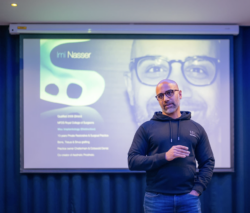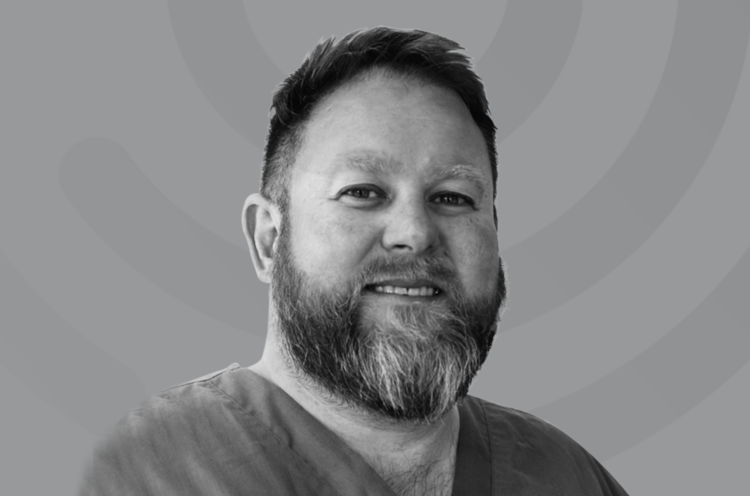Five common treatment planning mistakes

Dr Elaine Halley explains how to become a better treatment planner by learning from five common mistakes that she herself admits to having made.
Having spent decades trying to refine the treatment planning process, I’ve concluded that ultimately, if as dental professionals we take the time to thoroughly diagnose cases, understand the patient, and recognise what has happened in their journey, then we can present treatment options in a way that the patient remains engaged, educated and motivated in the process. Taking this approach means patients are then more likely to go ahead with larger treatment plans because they really understand what the benefit would be for them.
Treatment planning can often feel bewildering and with so many questions to answer (as highlighted below) it’s no wonder many are left wondering where to start.
- Should we extract that upper left central incisor?
- Is the patient in a place to consider implants?
- If we’re going to do implants, how are we going to temporise the situation?
- Can the patient afford implants?
- What are their options in terms of dentures?
- What are their concerns?
- Are they concerned about the appearance of only that one tooth?
- How are we going to motivate them to consider more extensive dentistry?
Often this results in five common treatment planning mistakes.
ONE: Taking the patient at face value when they tell us what they do and don’t want.
If we don’t take the time to question and understand why they are saying which treatment’s they do or don’t want, then we might be restricting a very valid treatment option for that patient. It’s not that we shouldn’t listen to patients, but we shouldn’t stop at that surface level and it’s important we ask questions and find out more.
TWO: Jumping to a solution before thoroughly evaluating the case.
It’s not uncommon for dentists to jump to the solution before they have thoroughly evaluated the case. This is often because practices are set up in a way where we are expected to give the solution to the presenting problem while the patient is in the chair. Sometimes that’s appropriate, but often it leads to us missing co–founding factors or jumping to one solution without really giving the patient the benefit of all the options that may be available for them.
THREE: Failure to give alternative options.
Point two leads into three – that there is always more than one solution, and we shouldn’t focus too much on only what the patient is or isn’t asking for. It’s important not to allow that to cloud our professional judgement and expertise in identifying other treatments a patient may require and could benefit from.
FOUR: Try to explain in words what can only be understood in pictures.
A picture can tell a thousand words. Trying to explain in words what can only be understood in pictures is key to patient acceptance. Generally, we have an abundance of visuals across our phones, digital SLR cameras, radiographs and scanner images etc. – but what we need is a systematic way to share these back with the patient. This is where a recent project I’ve been working on comes into play – in trying to develop systems to organise all our information so we can present back to patients visually. We need to have a systematic way of being able to share images with the patient and keep the patient engaged in what we’re trying to explain.
FIVE: Allow a judgement of what the patient can afford to tailor your consideration of options.
It is always essential to have a judgement of what the patient can or cannot afford and their ability to pay. However, whilst it shouldn’t dictate the options we offer, it may dictate the “way” we offer a treatment solution. Sometimes you’d be surprised at how the £1000 budget can turn into a £12,000 budget if the patient really understands the benefit of a treatment plan.
Again, we must listen and acknowledge what our patients are telling us, but still go through the process. Make sure we’ve offered them all of the options, albeit having empathy to not put patients in awkward situations or trying to pressurise them to spend money that they can’t comfortably afford to do.
Learning from our mistakes.
The key take away is in accepting that we have all made some (if not all) of these five common mistakes – the challenge now is to learn from them, forget the bad habits and adopt a new approach to effective treatment planning. I actively encourage all dentists to develop a systematised and streamlined process that allows you to understand the situations where it’s appropriate to take a bit more time with the patient so that you ultimately achieve greater treatment acceptance.












